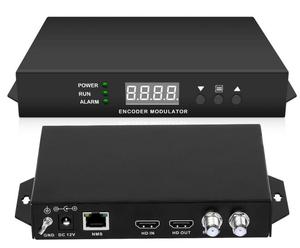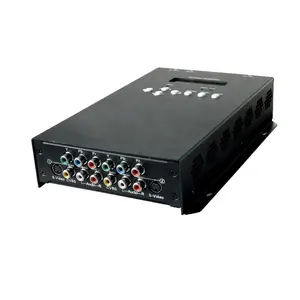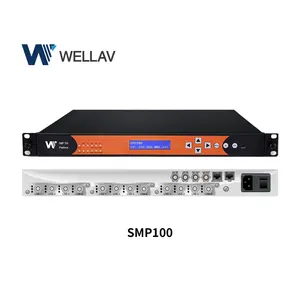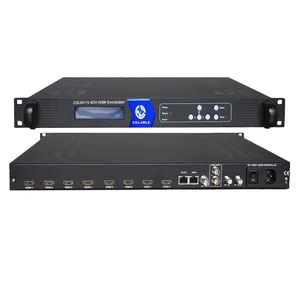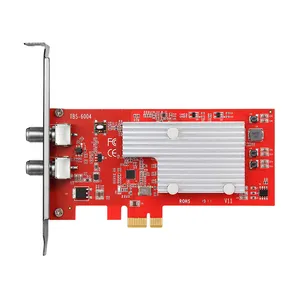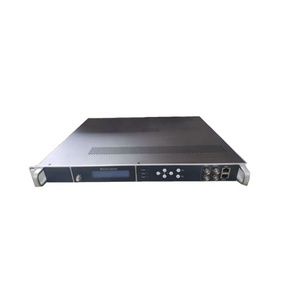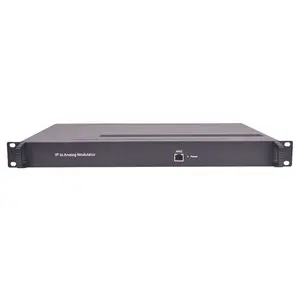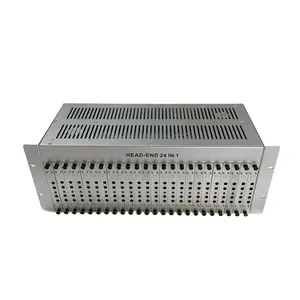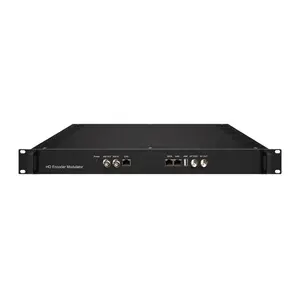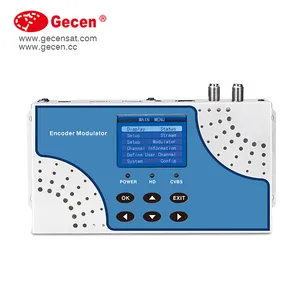Hdmi To Qam Modulator

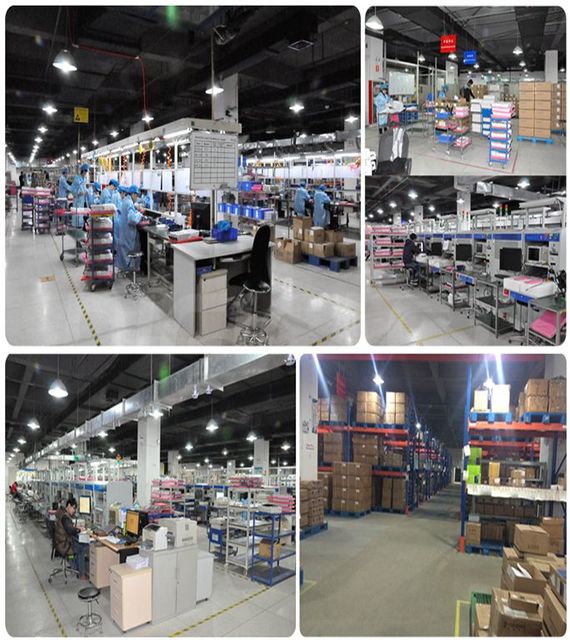

 1/3
1/3









 1/3
1/3


 0
0





 1/8
1/8



 1/3
1/3



 1/3
1/3


 1/1
1/1



 0
0



 1/3
1/3



 1/3
1/3

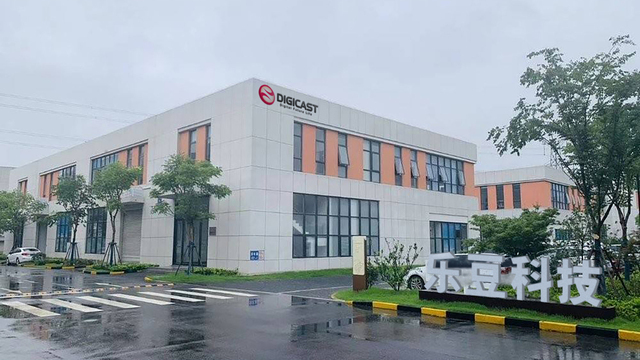

 1/3
1/3


 0
0




 1/3
1/3




 1/2
1/2






 1/16
1/16



 1/3
1/3


 0
0



 1/3
1/3



 1/3
1/3
About hdmi to qam modulator
Where to Find HDMI to QAM Modulator Suppliers?
China remains the central hub for HDMI to QAM modulator manufacturing, with key production clusters in Hangzhou, Chengdu, and Shenzhen. These regions host specialized electronics manufacturers focused on radio and TV broadcasting equipment, leveraging vertically integrated supply chains for components such as RF modules, HDMI interface chips, and MPEG encoding processors. The concentration of technical talent and component suppliers enables rapid prototyping and scalable production, particularly for digital headend systems used in cable TV distribution.
Manufacturers in these zones benefit from proximity to semiconductor distributors, PCB fabrication facilities, and testing laboratories, reducing material lead times by 20–30% compared to offshore alternatives. Facilities typically operate under ISO 9001-aligned quality management frameworks, with many offering in-house engineering support for system integration. Buyers gain access to flexible production models—ranging from single-unit prototypes to multi-channel broadcast encoders—with average delivery cycles of 15–30 days for standard configurations.
How to Choose HDMI to QAM Modulator Suppliers?
Selecting reliable partners requires a structured evaluation across technical, operational, and transactional dimensions:
Technical Compliance & Product Range
Verify that suppliers offer products aligned with DVB-C or ATSC standards, depending on regional broadcast requirements. Confirm support for H.264/MPEG-2 encoding, HDMI 1.4/2.0 input compatibility, and stable QAM modulation (64/256-QAM). Review product specifications for signal-to-noise ratio (SNR), output frequency range (typically 48–860 MHz), and channel bandwidth (6/7/8 MHz).
Production and Customization Capability
Assess supplier capacity through the following indicators:
- Minimum order quantity (MOQ) flexibility—some suppliers accept MOQs as low as 1 unit, while others require 30–100 units for price optimization
- In-house R&D teams capable of firmware customization, logo branding, and packaging modifications
- Support for multi-channel systems (up to 24 channels) and hybrid inputs (HDMI, AV, IP streams)
- Availability of all-in-one headend solutions integrating encoding, multiplexing, and modulation
Cross-reference listed response times (as low as ≤2h) and on-time delivery rates (up to 100%) as proxies for operational reliability.
Transaction and Quality Assurance
Prioritize suppliers with documented quality control processes and verifiable performance metrics. Look for consistent on-time delivery (>90%), reorder rates indicating customer retention, and transparent pricing structures. For high-volume procurement, request sample units to validate build quality, thermal stability, and signal integrity under load.
What Are the Best HDMI to QAM Modulator Suppliers?
| Company Name | Main Products | Price Range (USD) | Min. Order | On-Time Delivery | Avg. Response | Reorder Rate | Customization | Online Revenue Tier |
|---|---|---|---|---|---|---|---|---|
| Hangzhou Dtcore Technology Co., Ltd. | Radio & TV Broadcasting Equipment, Video Capture | $169–$1,999 | 1 piece | 80% | ≤6h | 40% | Limited | US $9,000+ |
| Good Mind Electronics (Shenzhen) Co., Ltd. | Custom Encoder Solutions | $85–$175 | 30–100 pieces | 83% | ≤3h | <15% | Yes | US $2,000+ |
| Chengdu Ustarlink Technology Co., Ltd. | DVB-C Modulators, IP-QAM Systems | $200–$1,500 | 1 set | 100% | ≤2h | 100% | Limited | US $4,000+ |
| Hangzhou Haoxun Technologies Co., Ltd. | Digital Encoder Modulators | $150–$2,099 | 1–2 sets | 100% | ≤3h | <15% | Limited | US $1,000+ |
| Catcast Technology Co., Ltd. (Chengdu) | Multichannel HD to ATSC/DVB-C | $99–$2,750 | 1 piece | 100% | ≤2h | 20% | Yes | US $330,000+ |
Performance Analysis
Chengdu Ustarlink and Catcast Technology stand out with 100% on-time delivery records and sub-3-hour average response times, indicating strong operational discipline. Catcast leads in revenue volume (US $330,000+ online), suggesting extensive export experience and scalability. While Good Mind Electronics offers lower per-unit pricing, its reorder rate (<15%) may reflect limited post-sale support or consistency challenges. Hangzhou Dtcore provides competitive entry-level pricing ($169) with no MOQ restrictions, making it suitable for small-scale deployments or testing. For multi-channel broadcast applications, suppliers like Catcast and Haoxun offer high-power systems priced above $2,500, designed for hotel, campus, or ISP headend installations.
FAQs
How to verify HDMI to QAM modulator supplier reliability?
Evaluate suppliers based on on-time delivery history, response time consistency, and product specification accuracy. Request technical documentation including block diagrams, compliance statements (CE, RoHS), and test reports for modulation accuracy and harmonic distortion. For critical deployments, conduct video audits of production lines and quality inspection procedures.
What is the typical MOQ and pricing structure?
MOQ ranges from 1 piece for standard models to 30–100 units for bulk-optimized pricing. Entry-level single-channel modulators start at $99, while multi-channel (16–24 channel) or all-in-one headend systems exceed $2,000. Volume discounts are commonly available beyond 50 units.
Do suppliers support customization?
Yes, select manufacturers offer firmware labeling, custom packaging, and OEM branding. Good Mind Electronics and Catcast Technology explicitly list customization options for color, logo, label, and input/output configurations. Engineering collaboration is typically required for non-standard frequency plans or hybrid signal processing.
What are the common lead times and shipping options?
Standard orders ship within 10–20 days after confirmation. Sample units are often dispatched within 5–7 days. Most suppliers support international express (DHL, FedEx) and sea freight, with FOB terms prevalent for large shipments. Confirm packaging standards and ESD protection for sensitive electronic components.
Are HDMI to QAM modulators compliant with international broadcast standards?
Most suppliers design products for DVB-C (Europe, Asia) or ATSC (Americas) markets. Confirm compatibility with local channel bandwidth (6/7/8 MHz) and modulation schemes (64/256-QAM). CE and RoHS markings are commonly provided, though formal certification validation should be requested prior to import.


